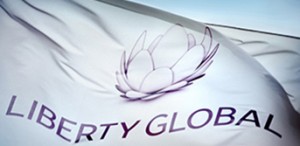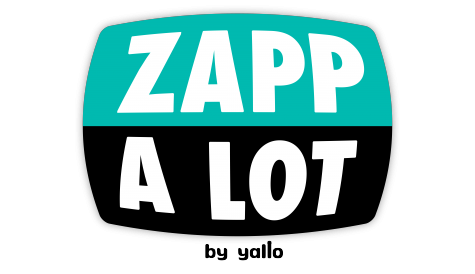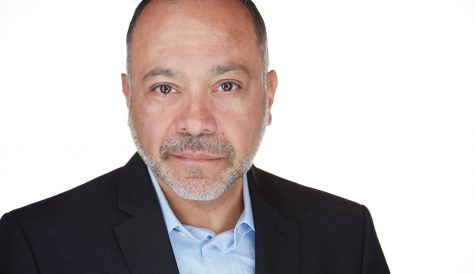The changing face of Liberty Global
 Liberty Global has featured prominently in DTVE’s news feed several times this week.
Liberty Global has featured prominently in DTVE’s news feed several times this week.
Today, our lead story was the news that the cable giant’s ventures unit was contemplating a return to the German market it exited three years ago with the creation of a new infrastructure JV to build out fibre networks.
These two stories tell us a lot about the flexibility of a company that has, over the last two decades, reinvented itself more than once.
The Liberty Global of today bears little resemblance to that of 10 years ago, when it operated cable networks primarily under the UPC brand across much of Europe and also owned assets in far-flung Latin America and Australia. The once ubiquitous UPC lotus-blossom emblem now features only on the branding of central and eastern Europe holdout UPC Slovakia and – reduced to a supporting role only in this case – the newly minted Sunrise UPC in Switzerland, while Australia’s Austar was divested long ago and the Latin American operation somewhat more recently spun off into a separate company.
Liberty Global is now primarily a listed holding company for a series of European joint-ventures and part-owned entities with different brands. In the UK Virgin Media has become Virgin Media O2 (Virgin Media remains as a standalone entity in Ireland). In the Netherlands, the local UPC operation was folded into Ziggo before that company itself was folded into a JV with Vodafone as VodafoneZiggo. In Switzerland, UPC has now become Sunrise UPC (a rare example of an outright acquisition). In Belgium part-owned Telenet is expected to merge with Voo.
All of the transactions that led to these shifts were carried out in the name of creating value for the company’s shareholders. The industrial logic behind most of the big deals the company has struck over recent years is anchored on two key principles. First, to truly succeed in the service provider business, you need to be a player with national scale either as the incumbent or – in Liberty’s case – as the incumbent’s main challenger. And second (a more recent development) you need to combine fixed with mobile assets to deliver a convergence play. (A third principle lies behind the new FTTH venture in Germany and moves such as a search for partners for a fibre buildout in the UK – that the service provider business and the infrastructure business are very different investment cases.)
The history of service providers in Europe has provided ample evidence of the need for scale, which has become more pressing as global tech giants and media companies have sought to tread on some of their ground. While the FMC story has its detractors, they are in a minority. The view that infrastructure is best managed separately is now commonly held.
However, for a company that prides itself on complete flexibility in the name of value creation, Liberty Global has still struggled to sell its story to investors. The company’s share price has notably failed to rise to a level its management believes is commensurate with its value.
That may change. Our third Liberty Global story this week features an analysis by Jefferies of the reasons for the gap between the company’s share price and its ‘true’ value, and why those may be becoming less relevant.
Jefferies’ analysts talk of the “complex group structure” and disappointing operational momentum that has spooked some investors, with competition eating away at the company’s broadband base in its key markets. And where some appreciate the value flexibility, others see uncertainty and lack of a clear strategic direction.
In Jefferies’ view the anticipated flotation of separate national businesses (the so-called ‘string of pearls’) should remove some of the cloudiness around the value of the whole, while its decision to invest in full fibre in the core UK market and a possible merger in Belgium are seen as astute strategic moves. (Jefferies is also highly positive about synergies to be realised from M & A and Liberty’s commitment to buying back its shares over the next three years to create value for shareholders).
There has been much talk over the years about Liberty ultimately heading for the exit. But whatever the impact of these anticipated changes on its share price, the history of this shapeshifting company has never been short of surprises. It would be foolish to count it out.



